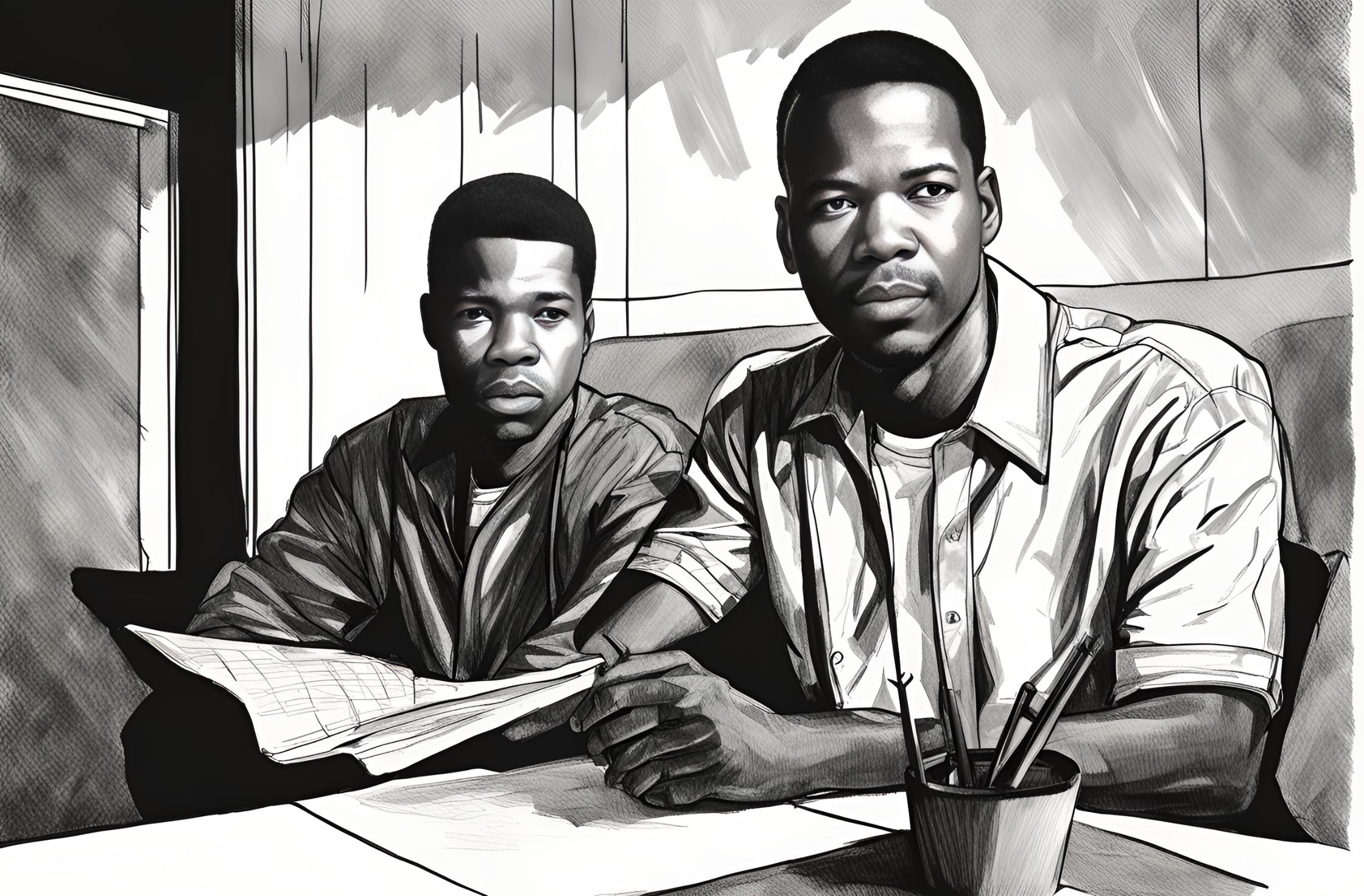Flashback to October 24
American History

In a decisive moment etched in the annals of American labor history, the United Auto Workers (UAW) union on December 30, 1936, staged its first sit-down strike. This significant event transformed the American labor movement, fundamentally shifted labor-management relations, and gave rise to a more equitable era of industrial relations.
The United Auto Workers’ first sit-down strike occurred within the factories of General Motors in Flint, Michigan. This impromptu act of resistance was a strategic attempt by the UAW union to stand up for their rights, amidst waves of rampant employee exploitation and deplorable work conditions – a narrative predominant in the auto industry during the Great Depression era.
Understandably, working conditions during the Great Depression were far from ideal. The auto workers were expected to deliver high productivity levels, often under hazardous conditions, and yet their remuneration remained dismal. Job security was a foreign concept, and the socio-economic climate further compounded the uncertainties. The UAW union, representing these auto workers, felt compelled to act – this was the backdrop to the historic sit-down strike of 1936.
The chosen method of the strike, a “sit-down”, was itself revolutionary. The UAW union Workers didn’t just walk off the job; instead, they remained at their stations, “sitting down” on the job, and disrupting the entire production process. This act was a masterstroke as it prevented the hiring of replacement workers, thereby exerting maximum pressure on General Motors.
Cumulatively, the strike brought the auto-industry giant, General Motors, grinding to a halt, compelling it to negotiate with the UAW. The strike lasted multiple weeks but eventually led to General Motors recognizing the United Auto Workers as the only bargaining agent for its employees. It marked a landmark victory for American unions, with the UAW union pioneering a new form of activism that would shape the labor movements of the future.
The success of the UAW’s first sit-down strike reverberated across the United States, nudging other struggling workers to follow suit. Soon the sit-down strike became a weapon of choice for labor activism, with workers from diverse industries adopting the method. The ripple effect kickstarted major labor reforms in the USA, leading to a remarkable reshaping of labor laws and practices, unequivocally demonstrating the power of collective bargaining.
Interestingly, the sit-down strike of 1936 also had a profound influence on how unions functioned. It presented a fresh model of collective bargaining and paved the way for more significant influence and negotiation power for workers. It empowered unions to negotiate better working conditions, fair wages, and more respect for workers’ rights.
In retrospect, the United Auto Workers union’s first sit-down strike helped shape a new chapter in the sphere of labor-management relations. It propelled a shift from the formerly oppressive model, incorporating more dialogues, negotiations, and respect for workers’ rights. In a broader context, it injected fresh life into the labor movements across the USA, sowing seeds for the myriad labor reforms that would follow.
Fueling the engine of change, the UAW union’s first sit-down strike of 1936 remains a historic milestone, shedding light on the strength of collective action. As we remember this significant event, we are reminded that when workers band together and take a stand—or in this case, a sit—profound social changes can indeed be achieved. Today’s fairer and more balanced labor practices stand as a testament to the courage and determination exhibited by the United Auto Workers back in 1936.
We strive for accuracy. If you see something that doesn't look right, click here to contact us!
Sponsored Content

The suspected Beltway snipers,…
On October 24, 2002,…

First transcontinental telegram sent…
The transformative event of…

Hurricane Wilma makes landfall…
On October 24, 2005,…

